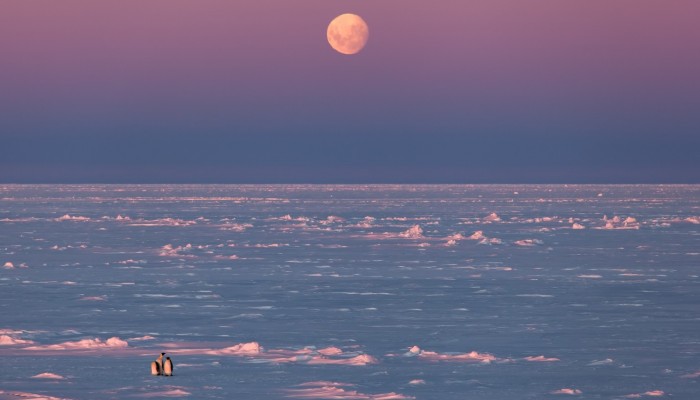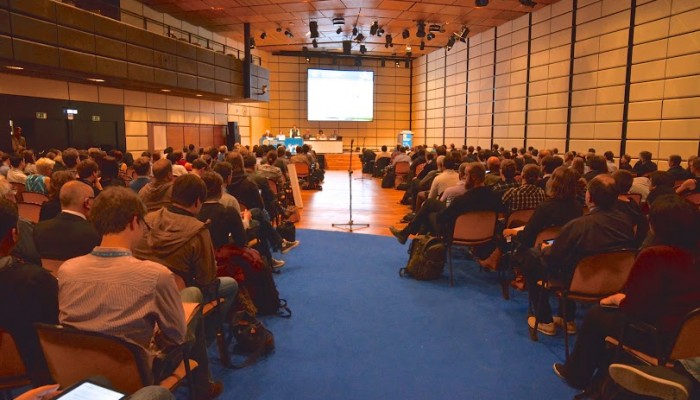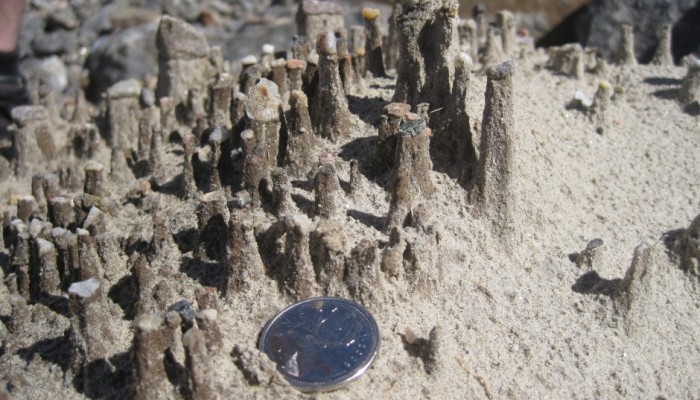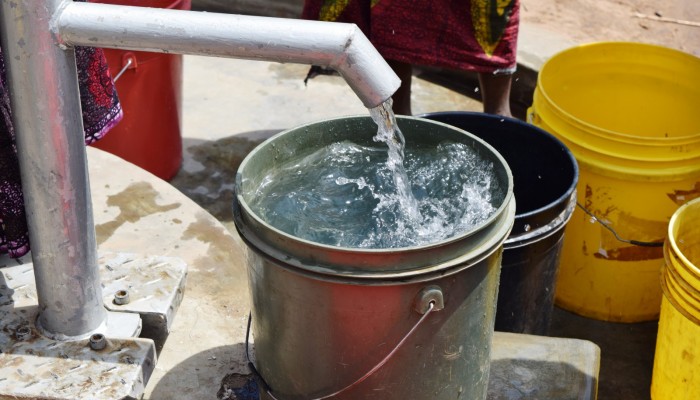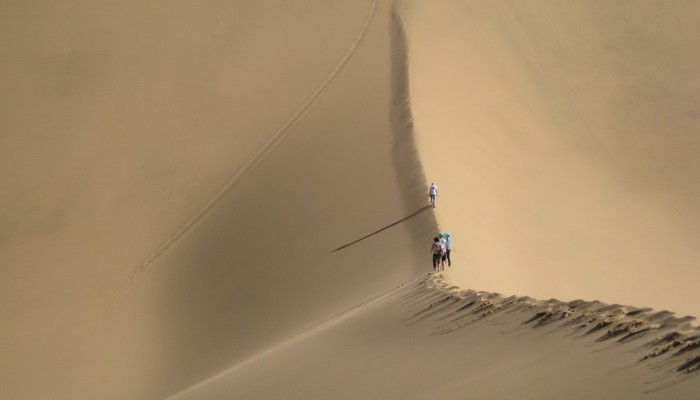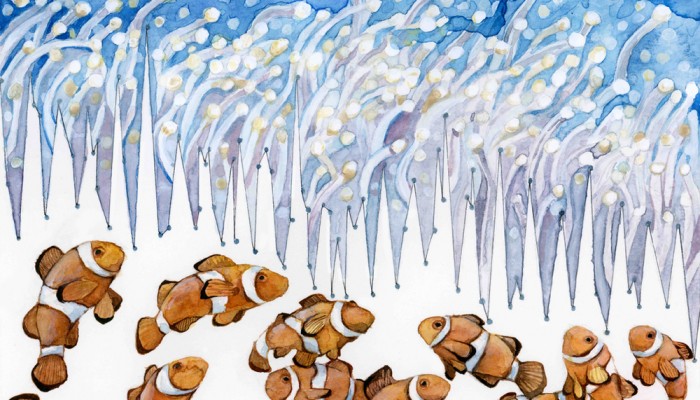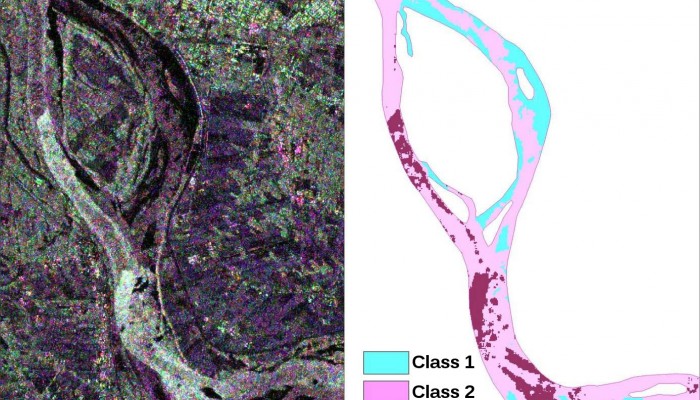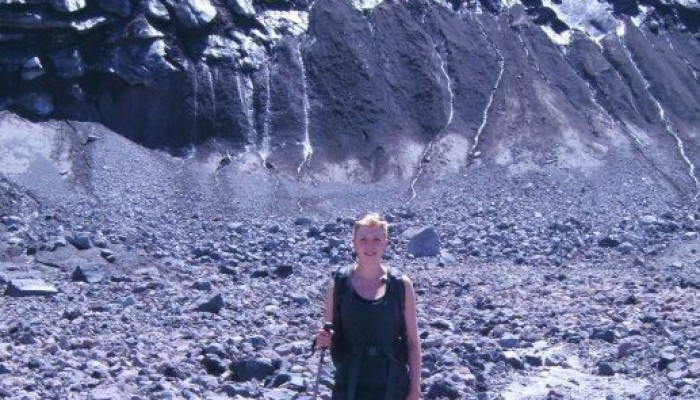As researchers, we spend a lot of time and energy trying to extend the limits of our scientific knowledge, but how much of our new findings can be translated into policies, and what are the best practices for doing this? A multitude of science-policy-related sessions are scheduled at this year’s general assembly (GA), spanning most of the EGU divisions. This month’s GeoPolicy post highlights a sel ...[Read More]
GeoLog
EGU 2016: Getting to Vienna, getting to sleep and getting to know the city
With the conference less than a month away here is a brief, and by no means comprehensive, introduction of how to get to Vienna and what to do when you’re there! Getting here Vienna’s International Airport is served by many of the major European airlines. If you would like to consider overland you’ll find more information on the General Assembly website. And, if you haven’t seen it already, make s ...[Read More]
GeoLog
Short courses at EGU 2016
This year there are more short courses than ever to choose from at the General Assembly. You can supercharge your scientific skills, broaden your base in science communication and pick up tips on how to boost your career – be it in academia or outside. There are also a range of courses aimed at making your time at the conference easier, be sure to take part, especially if it is your first time! An ...[Read More]
GeoSphere
Blast from the Past: It’s all about scales
It has often been said that geology is the study of scales. Time scales, large scales, small scales and many others. Indeed, one of the most crucial parts of any photo or map is the scale. Furthermore, geologic concepts can be applied from the planet scale to the atomic scale and every size in between. What confuses most people though is not only do we work in terms of huge size/magnitude variatio ...[Read More]
Geology for Global Development
World Water Day 2016
The 22nd March 2016 is World Water Day, an annual event organised by the United Nations to promote the vital importance of ensuring universal access to clean, safe water. Around 10% of the world (650 million people) still lack access to clean water. Water is essential for life. When communities don’t have clean water they are forced to drink dirty and dangerous water, causing illness and sometime ...[Read More]
GeoLog
Imaggeo on Mondays: Dune ridge perspective
Imagine taking a hike over soft, ever shifting sands. This is exactly what Martina Klose, a researcher at USDA, did when she captured this beautiful photograph. While most of us will likely think of deserts as inhospitable and static landscapes, they can tell us much about dune forming processes, as Martina explains in today’s blog post. The photograph shows the view down from the crest of a megad ...[Read More]
GeoLog
GeoEd: Using art in your science teaching and outreach. The why and the how.
This month’s GeoEd post is brought to you by Dr. Mirjam S. Glessmer. Mirjam is a physical oceanographer turned instructional designer. She blogs about her “Adventures in Teaching and Oceanography” and tweets as @meermini. Get in touch if you are interested in talking about teaching and learning in the geosciences! Sometimes we look for new ways to engage our students or the general public in discu ...[Read More]
Cryospheric Sciences
Image of the Week – Monitoring icy rivers from space!
Why? When a river freezes over, it changes the amount of water that flows through the river system. River ice affects many of the world’s largest rivers, and in the Northern Hemisphere, approximately 60% of rivers experience significant seasonal effects. The formation and evolution of river ice changes river discharge and is not only of interest to local ice skating enthusiasts. The variations in ...[Read More]
GeoLog
GeoTalk: Friction in volcanic environments by Jackie Kendrick
Geotalk is a regular feature highlighting early career researchers and their work. In this interview we speak to Jackie Kendrick, a volcanologist at the University of Liverpool, and winner of the 2016 GMPV Outstanding Young Scientist Award. The occasion will be marked during the upcoming General Assembly, where you’ll be able to listen to Jackie speak in session GMPV 1.1 on the topic of friction i ...[Read More]
GeoLog
Communicate your Science Video Competition finalists 2016: time to get voting!
For the third year in a row we’re running the EGU Communicate Your Science Video Competition – the aim being for early career scientists to communicate their research in a short, sweet and public-friendly video. Our judges have now selected 3 fantastic finalists from the excellent entries we received this year and it’s time to find the best geoscience communication clip! The shortlisted videos wil ...[Read More]

